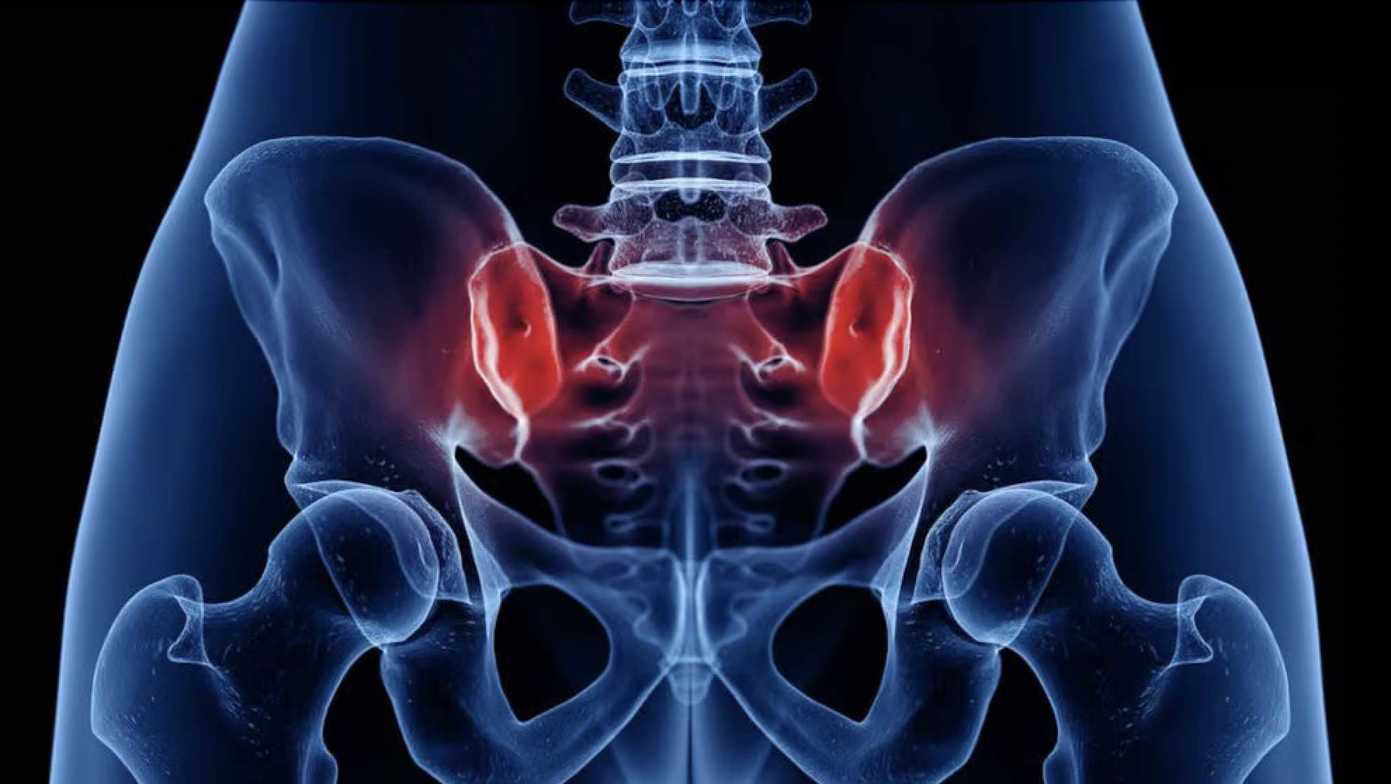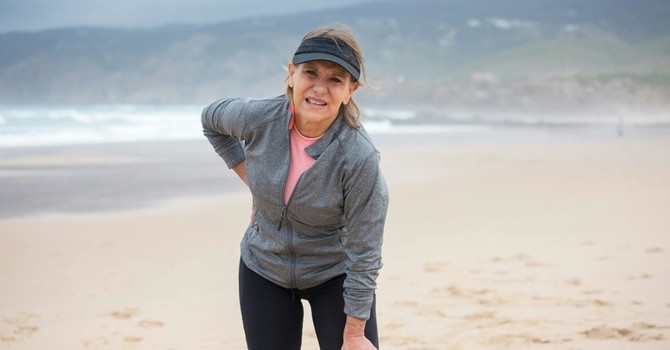
Introduction:
Chronic Prostatitis/Chronic Pelvic Pain Syndrome (CP/CPPS) is a
heterogeneous syndrome that is often challenging to treat. Low Intensity Shock Wave
(LiSW) has emerged as a potential therapy and several sham controlled studies have
shown efficacy. We wished to study the efficacy and safety of LiSW in CP/CPPS
patients with clinical phenotyping to better understand who may best respond.
Methods:
Men were enrolled in this IRB approved study provided they had a
diagnosis of CP/CPPS for at least 6 months and were able to return for weekly
treatments. Those on multi-modal therapy continued other therapies as long as the
dose was stable. LiSW was delivered with the Urogold 100 machine (Tissue
Regeneration Technologies, Woodstock, GA) using the standard probe. There were
4 treatment sites, 2 on each side of the perineum at 500 shocks each for a total of
2000 shocks. Symptom severity was measured with the National Institute of Health
Chronic Prostatitis Symptom Index (CPSI) at baseline and 1 month following the last
treatment. Patients also self reported a General Response Assessment (GRA)
ranging from 1 (significantly improved) to 5 (significantly worse). Patients were
clinically phenotyped by the UPOINT system. Pre and post values were compared
with the paired t test with significance set at p<0.05.
Results:
14 men enrolled with a mean age of 45.1 years (range 22-67) and median
duration of 36 months (range 9-240). Men had a mean of 2.6 positive UPOINT
domains (range 1-5) and all but 2 had pelvic floor tenderness (domain
&[Prime]T&[Prime]). Total CPSI improved from 27.7 +/- 5.4 to 19.4 +/- 7.5 (p=0.003).
While the pain and quality of life scores improved significantly, there was no change
in the urinary subscore. 9 patients (64.3%) had a >6 point drop in CPSI. By GRA, 7
patients said they were significantly improved, 2 was somewhat improved and 5 were
unchanged. There were no significant differences in responders to non-responders
for phenotype or symptom duration although responders had a higher starting pain
score (14.0 vs 9.4, p=0.005) and both patients without pelvic floor spasm failed to
improve.
Conclusions:
LiSW with the Urogold 100 improved symptoms of CP/CPPS in the
majority of patients. All responders had pelvic floor spasm, and shock wave therapy
is well established in the treatment of pain from trigger points. While small numbers
preclude meaningful subgroup analysis, there was no impact on urinary symptoms. In
conclusion, once weekly low intensity shock wave lithotripsy improved the symptoms
of CP/CPPS in the majority of patients without side effects.


